
The Forum
The Buildings We Love
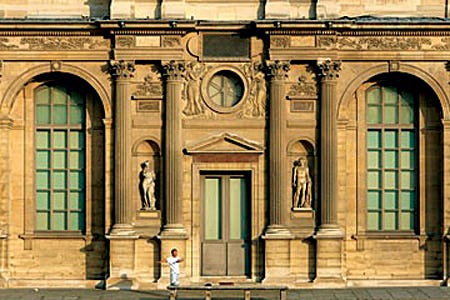
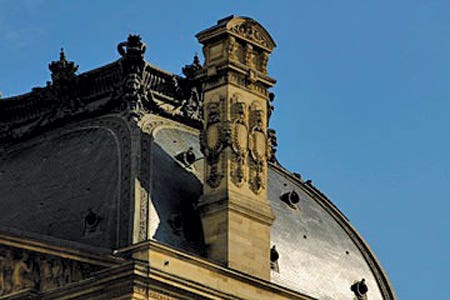
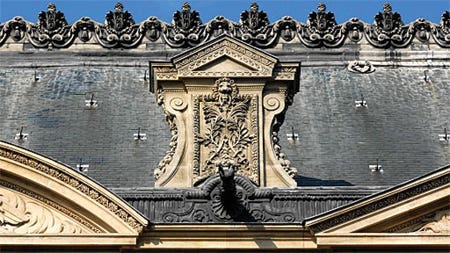
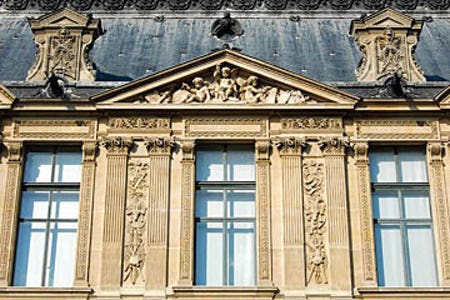
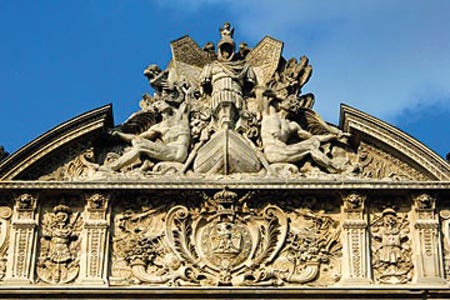
By Alvin Holm
Ornament is an act of love – or at least a token of esteem. We embellish what we revere. We adorn that which we love. We do not decorate the hero, returning from the wars, to make him pretty – we decorate him to pay him honor. Ornament is deep stuff, greatly misunderstood in recent years.
The reason that we see so little ornament in buildings of our modern culture is that we do not love them. Or perhaps we do not love them because they are unlovely, unadorned. Nor do we think it's nice to love them – that is, to have a visceral, sentimental, soulful relationship to them – because they are after all products of our intellect, rationally conceived, cost-effective, piously functional, sleek, sensible and cool. I participated in a heavily attended two-day conference in New York not too long ago on the topic of ornament in Classical architecture, and that can only mean that things are changing fast.
I can no more fully understand the return of the Classical – with its standard elements of columns, capitals, pediments, entablatures and an assortment of ornamental motifs like leaves, rosettes and garlands – than I could comprehend the loss of it. But I believe that it accompanies what Deepak Chopra has called "the final cataclysmic overthrow of the myth of materialism." I assure you this is happening, and a larger, older, richer paradigm is taking the stage. (And the new science is on our side this time. More on that later.)
Ornament does many things for the article it graces.
It may lighten or give weight, it may reveal or disguise, it may suggest usage or mystify.
Ornament does many things for the article it graces. It may lighten or give weight, it may reveal or disguise, it may suggest usage or mystify. Ornament gives value and imparts meaning. These are all worthy roles, but it is important to remember that primary relationship between the maker and the artifact and the ornament as a badge of honor and affection. There is a large and growing school of psychology that deals now with issues of the soul. James Hillman and Robert Sardello, for instance, would agree that ornament in this sense is good for the soul of the maker as well as for the soul of the user or the viewer, to say nothing of the soul of the artifact itself. When the Moderns stripped ornament away, much of the soul in architecture was lost. And with it went the soul of our cities.
James Gleick in his popular book on chaos theory writes that to Benoit Mandelbrot, a contemporary mathematician whose concepts are affecting many fields, "the epitome of the Euclidean sensibility outside mathematics was the architecture of the Bauhaus…spare, orderly linear, reductionist, geometrical." To Mandelbrot and his followers, the failure of Modernism is clear: Simple geometric shapes are inhuman. They fail to resonate with the way nature organizes itself or with the way human perception sees the world.
"A geometrical shape has a scale," Gleick writes, "a characteristic size. To Mandelbrot, art that satisfies lacks scale…A Beaux Arts paragon like the Paris Opera has no scale because it has every scale. An observer seeing the building from any distance finds some detail that draws the eye. The composition changes as one approaches and new elements of the structure come into play." So here we have New Science in praise of the old Beaux Arts.
Hildegard of Bingen was a 12th-centrury mystic, a nun, a writer, painter and composer of beautiful music. In a poem about creativity she wrote:
As the creator loves his creation
So the creation loves the creator,
Creation, of course, was fashioned to be adorned,
To be showered, to be gifted with the love of the creator.
The entire world has been embraced by this kiss.
This affectionate reciprocity of which she writes is largely missing from our designed environment today. Ornament is that kiss of the maker that marks the artifact for its own sake and then for the sake of the user. Architecture begins as a ritual of celebration and must continue again in that spirit if we are to enter the 21st century with honor and grace. This is a bone-deep truth that is today again rising to the surface. A surface we may now embellish to our hearts' content.
Alvin Holm is a Philadelphia architect (www.alvinholm.com) practicing in the Classical tradition. This Forum originally appeared in Steve Mouzon's blog, The Original Green. See more at: www.originalgreen.org/blog/god-is-in-the-details.html.








